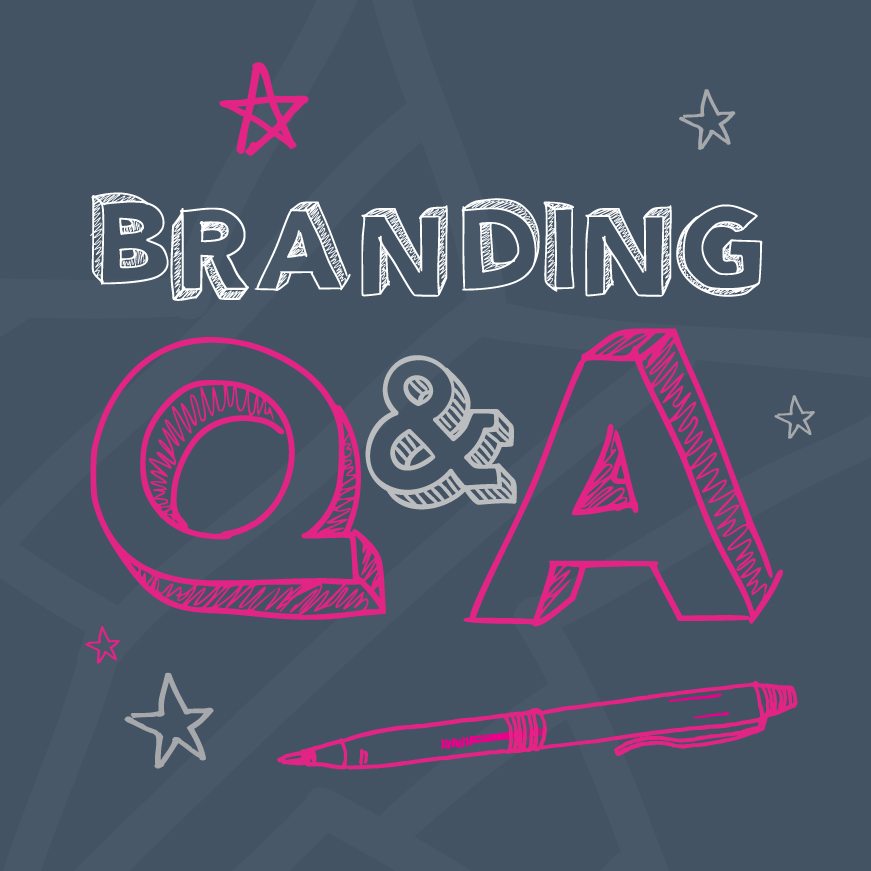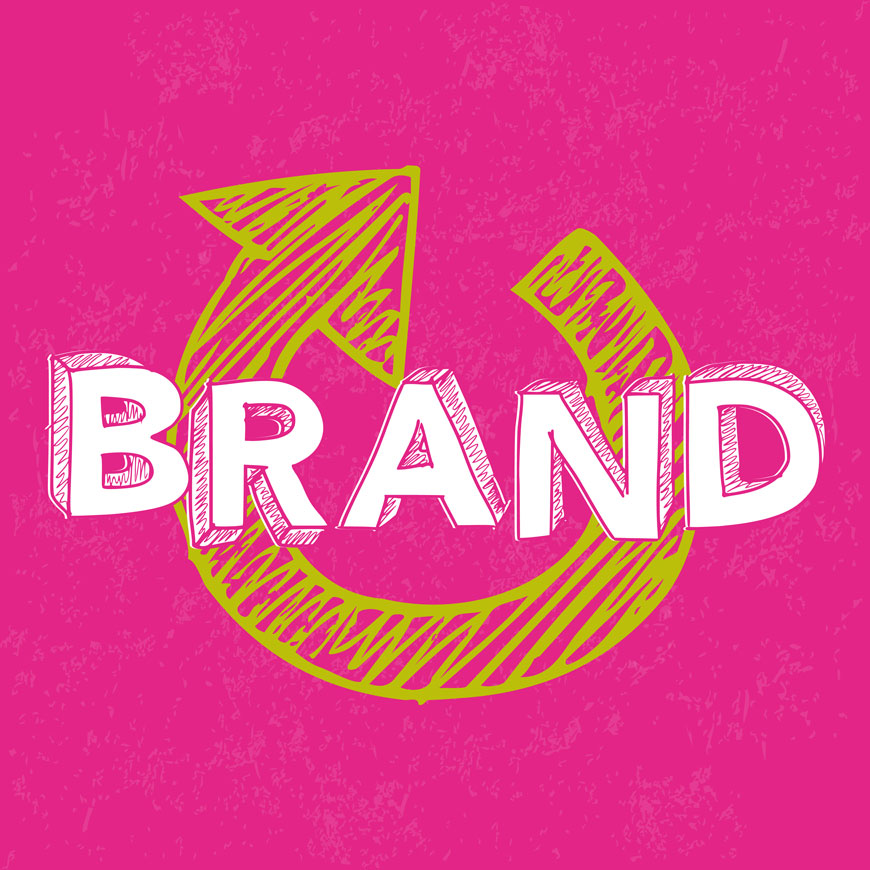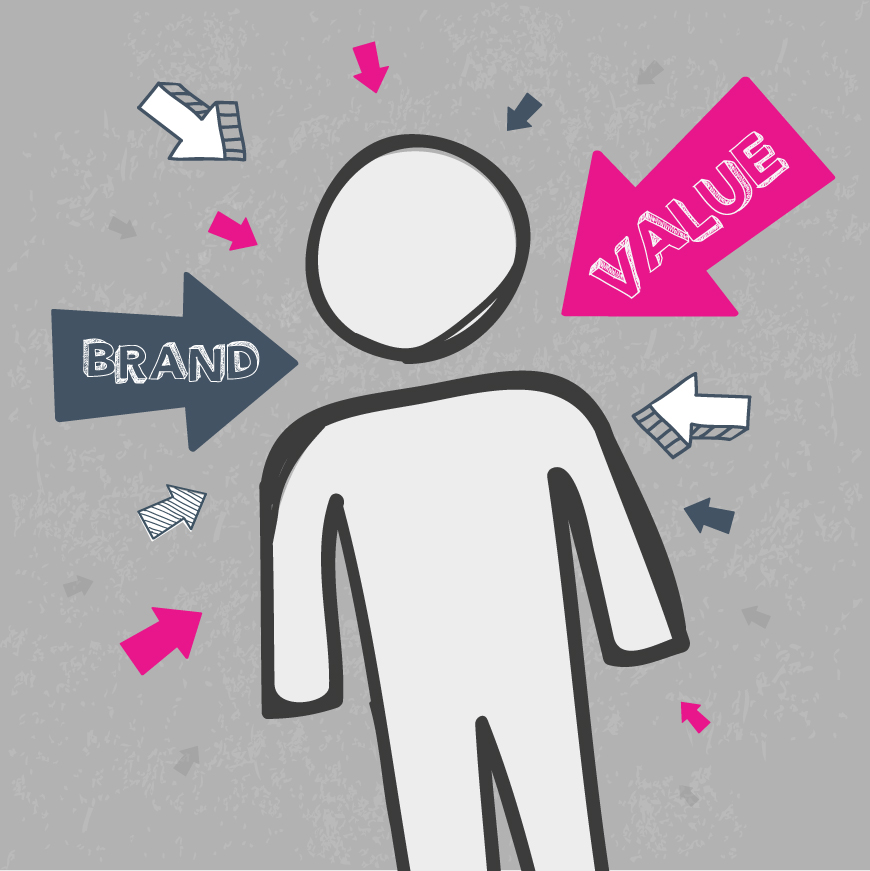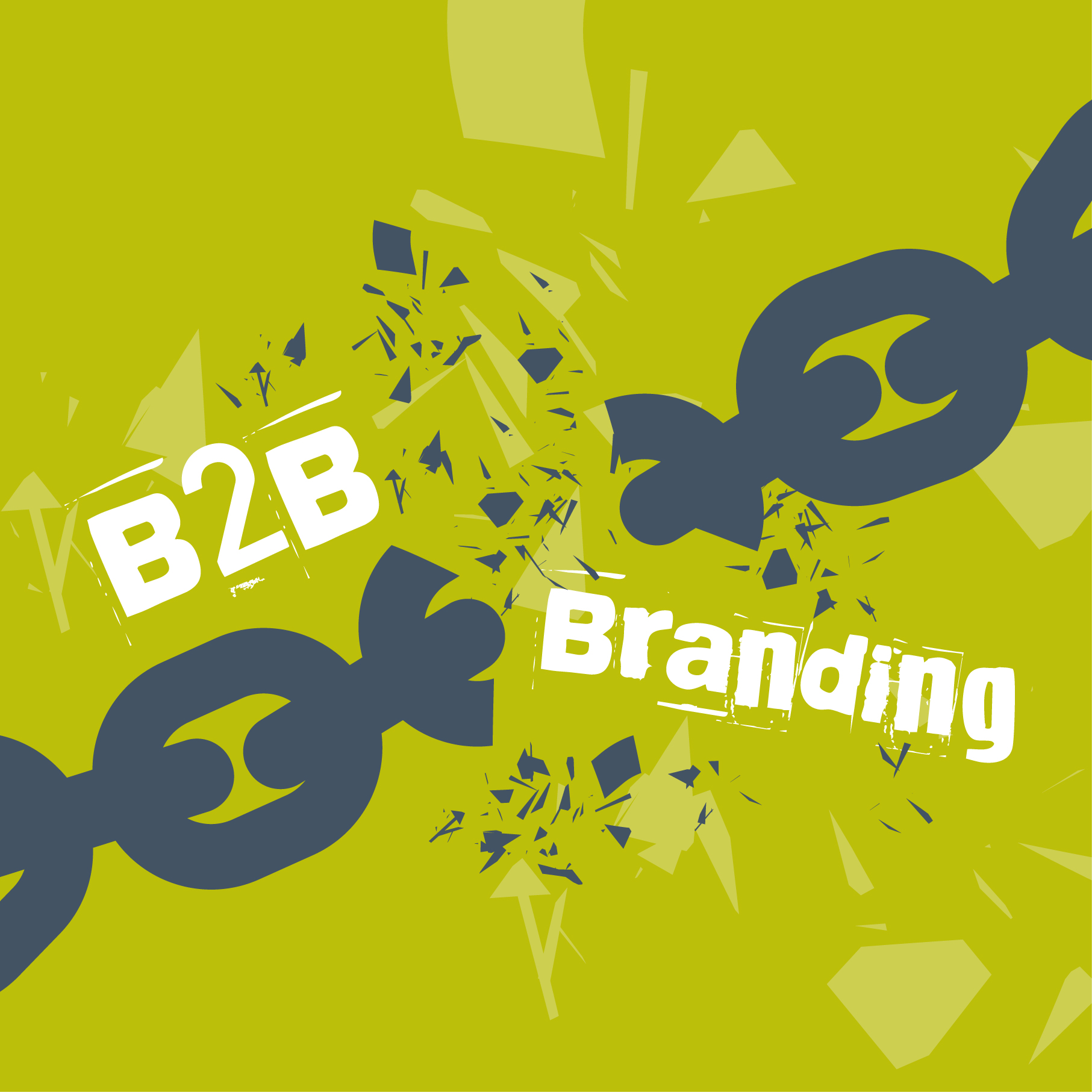
BRANDING - POSITIONING
Has your brand lost its personality?
The true definition of 'brand' is no different today than it has ever been, but the rising importance of engagement versus communication means companies need to firmly wrap both arms around the real role of the brand and banish the 'logo, typeface, colour palette' type commentary. Your brand is your business – not a line item that's owned by marketing – and in today's world that brand needs personality to be noticed.
You go to a dinner party – you naturally gravitate towards the people with engaging personalities, the people that are entertaining, involve you in the conversation and appear to be genuine. You are less likely to gravitate towards the lady that nods politely and agrees with everyone without putting forward her own view of the world. You are also less likely to feel comfortable with the brash loudmouth who seems to have a story for everything.
So has your brand had a personality bypass or is it the life and soul of the party? Ask yourself these questions... and then ask a bunch of your colleagues outside of marketing and see how the answers compare.
1. Would your employees and partners give a common view on what the company does and what makes you special, or are you suffering from multiple-personality disorder, or worst still, zero personality? With social media, the whole company has the potential to be an extension of the marketing department - great if there is consistency of message and a common sense of purpose and belief but a marketers nightmare if everyone has a radically different view (and not helpful for your customers and prospects either). And how on earth does your CEO ensure everyone is pulling in the same direction if no-one is starting from the same place?
2. Do you know what your customers consider is unique and special about the company - when did you last ask them? This is one of the most obvious yet rewarding things you can do - it can often uncover personality traits that may not be immediately obvious to you. This was my experience when I led a program to rebrand StepStone Solutions. Whilst it’s obvious now looking back, customers consistently cited the company's employees as a reason for continued loyalty. Phrases like 'they tell it how it is and we trust them', 'they don't make promises they can't keep' and 'they have real passion in the way they do their jobs'. As a technology company, a big part of what was special was nothing to do with the technology, so the heart and soul of the employees then became a big part of the new brand foundation.
3. Does your external image feel like an authentic representation of your company culture and ambitions or does it feel like it was created to 'fit in with the crowd? In the tech space I have lost count of the number of brands that look and feel like a reinvention of someone else. Visual identities are typically over-run with greys and blues, and tone of voice is impersonal with little or no human feel. People buy from people, not corporate-speak websites and brochures. I love the Rackspace brand which has embraced the notion of 'fanatical about support' and built a whole personality around their people, with technology being secondary. Employees even refer to themselves as 'Rackers'. Their website gives you much more of an emotional connection with the company than other more traditional tech brands.
4. Does your brand encourage engagement and collaboration versus one-way communication/projection? Your brand has to have a joined-up voice across so many different channels – web, email, digital and print ads, events and seminars, webinars, blogs, twitter, Facebook, LinkedIn, community portals and forums and much more. Most of these channels are about having a conversation – communicating AND listening, not just being on project mode all the time. Think how you would rate Apple as a conversational brand versus RIM/Blackberry. It's clear that Apple has a better starting point for engagement because personality and user experience is built into its DNA.
5. Could you easily cut and paste your competitors name into your messaging and vice-versa? An exercise I have done in the past is to take a selection of boilerplate statements across your industry (including your own) – pick ones that do not have any sub brands or names that would make the statements instantly recognisable – then test your colleagues on which company name goes with which statement. Are you clearly identifiable beyond just your portfolio names?
The bottom line is: Do you want your brand to be a poor carbon copy of something else or do you want to stand out from the crowd with an authentic personality? Deciding you want to build your brand personality is the start of a really exciting journey that will unite your whole organisation, deliver fantastic outcomes for the business and bring you much closer to your customers. Don't end up as the person no one wants to sit next to at dinner.
<<< Back to Blog



